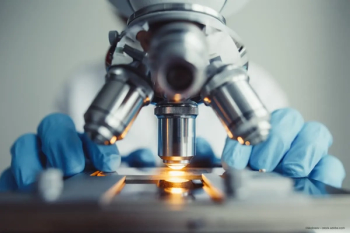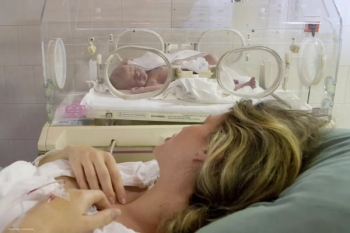
ILM peeling may modify RNFL thickness
Internal limiting membrane (ILM) peeling surgery causes significant modification of retinal nerve fibre layer (RNFL) thickness, according to researchers at the Ophthalmology Units of the University of Bologna and the Sant'Orsola-Malpighi Polyclinic.
Internal limiting membrane (ILM) peeling surgery causes significant modification of retinal nerve fibre layer (RNFL) thickness, according to researchers at the Ophthalmology Units of the University of Bologna and the Sant'Orsola-Malpighi Polyclinic.
The researchers conducted a single-centre, prospective, interventional consecutive case series of 30 eyes in 30 patients who had ILM peeling for idiopathic macular hole or epiretinal membrane. Prior to the surgery and at 1, 3 and 6 months post surgery the patients received a complete ophthalmic exam, fundus images were taken and spectral domain optical coherence tomography was performed. RNFL thickness was evaluated in the superotemporal, temporal, inferotemporal, inferonasal, nasal and superonasal sectors, as well as globally. Visual field testing was performed prior to the surgery and at the 6-month postoperative follow up.
One month after ILM peeling surgery there was a diffuse increase in RNFL thickness, but the nerve fibre layer had returned to preoperative values at the 3-month follow-up. However, at 6 months post-surgery, the RNFL thickness in the superotemporal, inferotemporal and temporal sectors was lower than basal values (P P P
The researchers found no correlation between the RNFL thickness and the patients' visual field indices.
According to the researchers, the increase in RNFL thickness seen 1 month postoperatively could have been caused by inflammatory responses. However, the reduction of RNFL thickness found in the temporal sectors at 6 months postoperatively could demonstrate that the ILM peeling caused damage to the RNFL.
The study was published in Retina. To view the abstract, click
Newsletter
Get the essential updates shaping the future of pharma manufacturing and compliance—subscribe today to Pharmaceutical Technology and never miss a breakthrough.












































